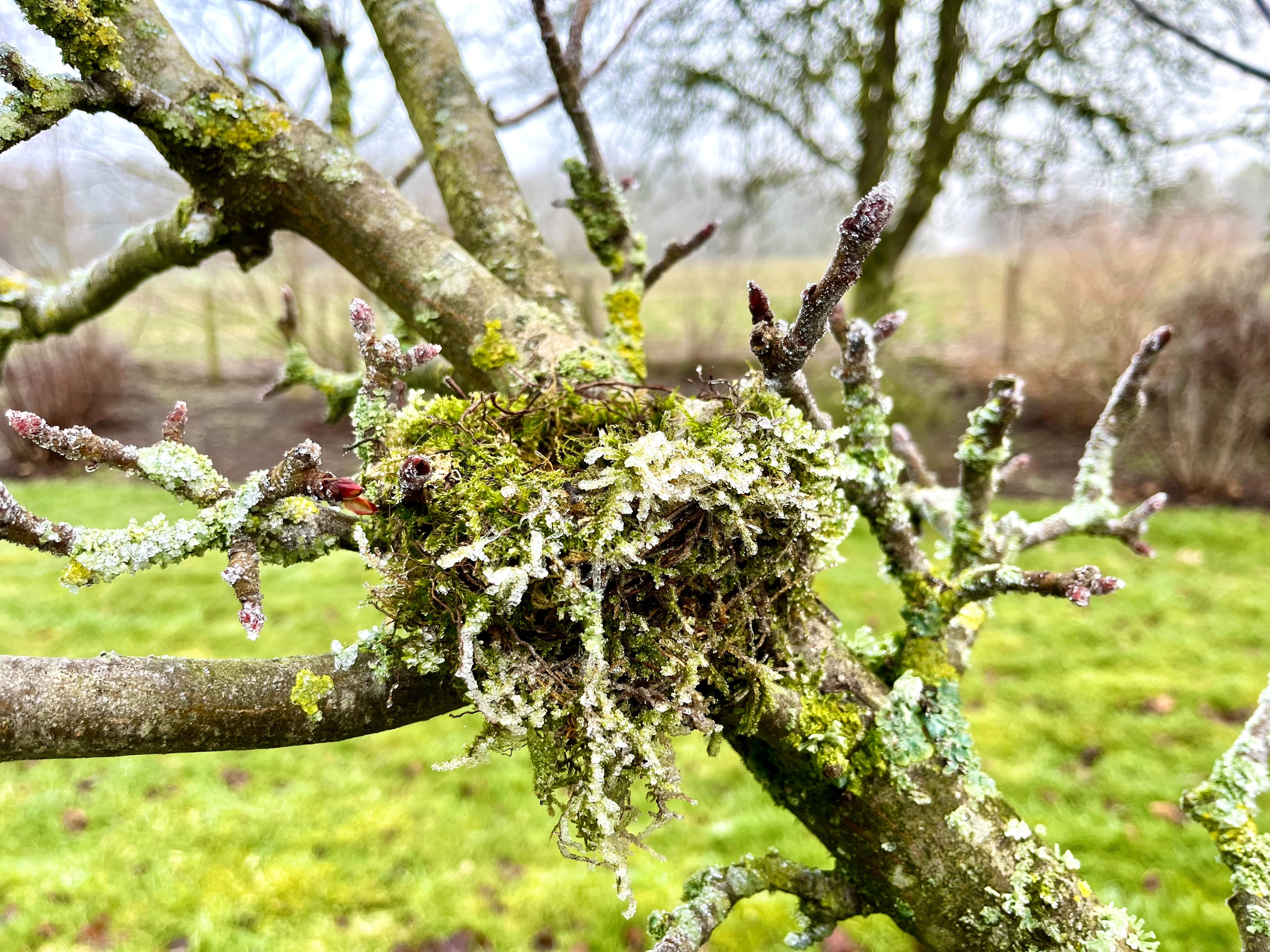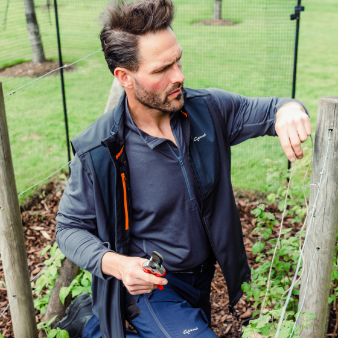Winter pruning

A freezing cold day can restrict options in the garden due to frozen soil and grass prone to damage on finer lawns. After many years' living in a cold rural location we have learnt to keep certain jobs in reserve so that when the north wind blows and the ground remains solid we can continue to get our daily gardening fix.
Pruning is something that we can get on with whatever the weather here at Genus HQ with plenty of apple trees in the orchard requiring our attention. Last week proved to be particularly cold, the trees were rimed with frost and the birds active on the feeders as soon as the sun started to shine through the eastern copse. With secateurs to hand and our lightweight tripod ladder under our arm, we ventured into the orchard to tackle the apple trees that have been reliable producers of fruit for over a decade.
We removed the usual dead, diseased, and dying wood as well as most of the straight water shoots that have shot up since last year. A few mummified fruits remained clinging to the branches - these were removed - a carrier of brown rot spores; it's important that they’re not left hanging to prevent further infection later this year.
It’s interesting how many of the apple trees were used as nesting sites last year. Unbeknown to us, several nests had been secretly built and now, with winter revealing the bare bones of the trees, we could easily see these intricate creations of moss and twigs. Gloucestershire’s traditional orchards are fast disappearing so it’s nice to know that our small orchard can provide a safe home for some of the local wildlife that gives us so much joy throughout the year.







